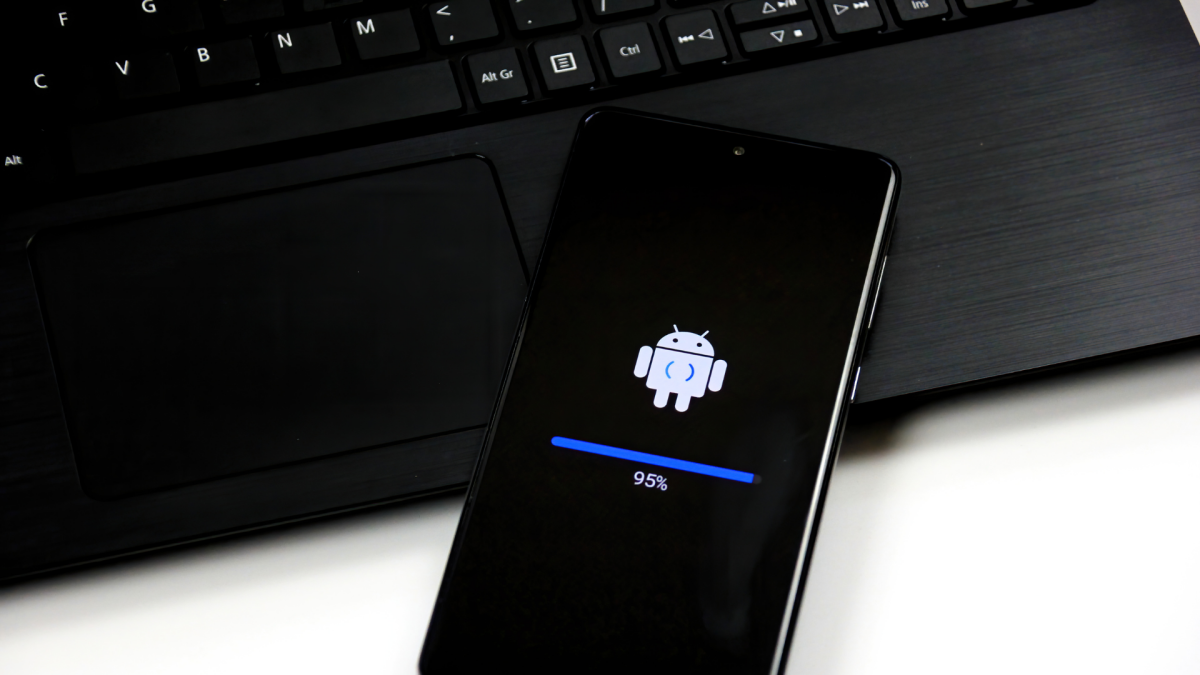Most of us use our devices for companies and developers that do them, waiting for the latest operating system to be pushed to the public before updating. It’s a safe bet: the features provided by Android -like operating systems are usually a workshop and tested to death, so they (hopefully) drive as they should.
But not all users experience their technology this way. Some of us want to drive the concrete software taxes that are not yet ready. Beta gives developers (or just curiously) to test new features and changes with smaller users so that they can solve all errors or disorders before they get to the general public. It may not be the safest software that drives on your devices – because it is unfinished, you have a risk of experiencing instability and loss of information – but it may be a good way to increase novelty (and functionality) to the vanilla technology otherwise.
But Betas is not even the only way to experience new features early. Depending on the company made by your device, Betas may be halfway between tests and software sending. You may hear pre-beta software called “Alfa” or “Canary:” In essence, it means software that is fresh in development, and at the earliest stages of testing. In short, being at the forefront of the software means accepting the risks of the greatest instability.
Android Canary Publication Channel gives you the earliest access
If you have an Android device, this earliest testing experience is known as the Kanary publication channel. It’s a pretty new option, at least when writing Android did not announce that until 10 July. The purpose of the developers is to test their applications with future Android versions in advance.
Technically, the Canary Publication Channel replaces another early entry model: developer preview. Like the Canary Publication Channel, developers’ previews are designed for developers (although anyone with know-how could install them) to get into the earliest versions of new Android features. However, major changes have occurred. The developers’ previews did not receive a publishing channel, which meant that you had to manually “lightning” software at any time the new Android version of the Android version began. In addition, when Android released a beta version for a specific software version, the developer’s preview would no longer be available.
The Canary Publication Channel changes it. Once you have flashed the Android Canary publication channel, you can install new updates like any other software without (please) updates. But just because Android makes it easy, that doesn’t mean you should try it.
Is the Canary Publication Channel safe?
It is reasonable that Android only strives for Canary Canary developers: this is an early stage software that has not gone through strict testing that you may use as an end user. It has not even gone through the original mistake correction, to which beta tester is used to. This software is almost completely new when he has only performed a short test with internal users, and may send with problems that are not only annoying, but completely harm or prevent and prevent android completely. Android specifically warns that this is not a software for your primary device.
What do you think so far?
If you are ready to take these risks, more power for you. The benefit of the Canary Channel is not only to try new features, but also changes that may not even get into the official Android building. But there are significant risks. If you want to test the features early, while mitigating some (but not all) of these risks, the beta program may be more speed.
Make sure you decide to blink the Kanary channel or register for a beta program, make sure your data is back up somewhere safely. If something goes wrong with the unfinished software, you should make sure that photos, messages and other important information are securely fastened elsewhere.
How to drive the Canary Channel on your pixel
Start make sure that the pixel device is in developer mode. You can enable this by switching Settings> From Phone and a tapping Building number seven times. Then go System> Developer options and enable both OEM locking and USB error correction.
Now connect the pixel to your computer and then go Android Flash tool. Click StartThen select Allow access to ADB when urged. Next select Add a new deviceSelect a pixel from the list and click Compound. Choose from pixel Always Allow from this computer Then select Good. Select your browser device and then find an up-to-date Canary building during the Flash tool. Choose when it is blinked Install. Wait until you see Blinks perfectlyIn which case you are safe to remove.
